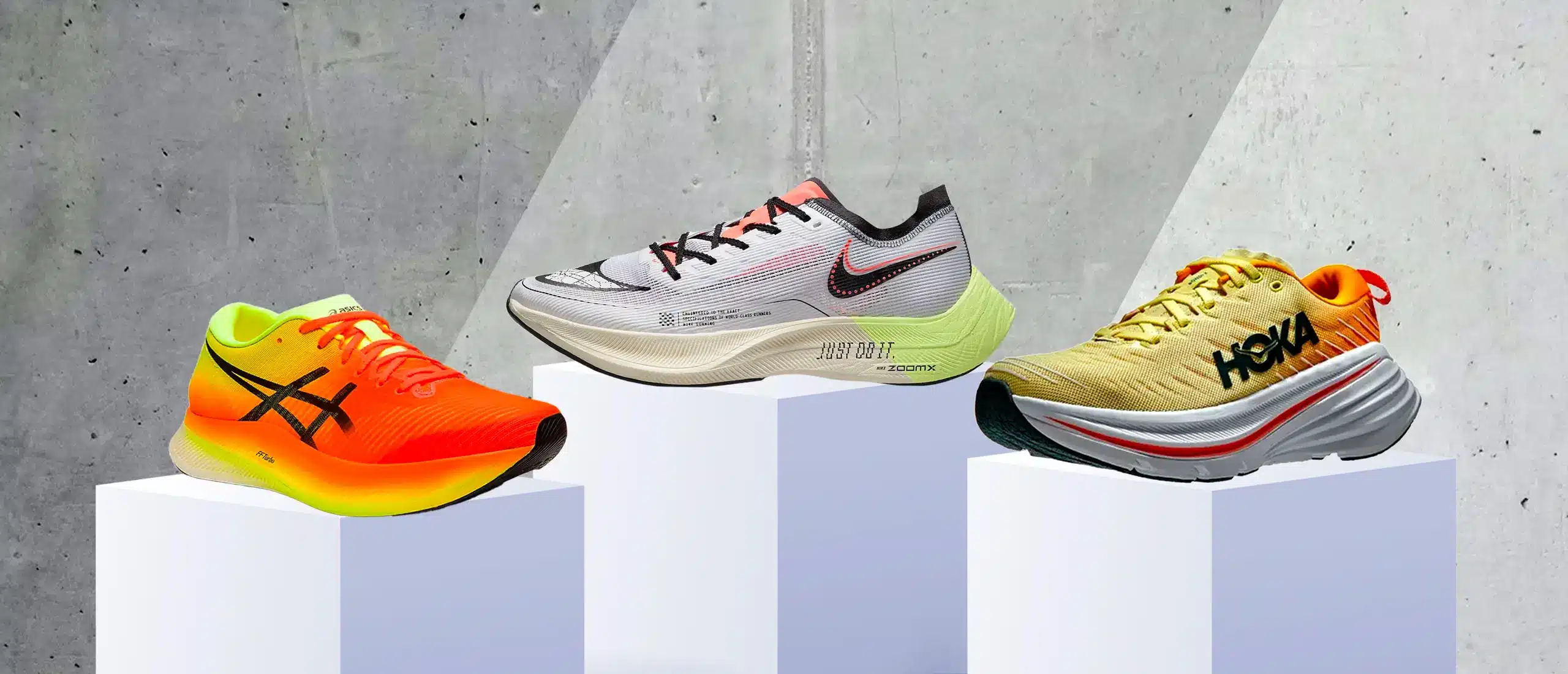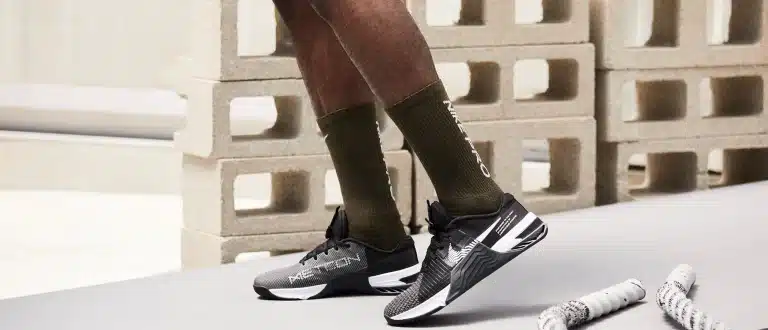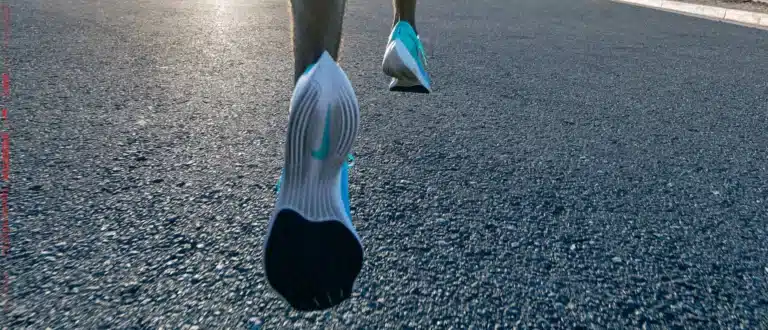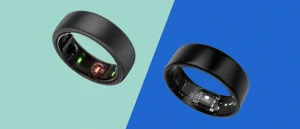If Running Feels Like Trudging Through Mud, Try Carbon-Plated Sneakers
One minute into your run, you feel like you’re made of lead. 10 minutes, and your legs feel creaky. You want them to move faster, but it’s like you’re moving through quicksand. You power on, and by minute 30, you’re finally feeling good—euphoric even. You’re warmed up, your joints are in a flow, and you feel like you could stay in motion forever.
Now, imagine if you could skip that whole first part, and get straight to the runner’s high, flying across the pavement with ease. That’s exactly what carbon plate running shoes were made to do—propel you forward with each step to shave minutes off your mile without expending extra effort.
How Do Carbon Plate Running Shoes Work?
“These shoes are actually more complex than they’re often given credit for,” says Zack Crockett MD, an incoming rehabilitation medicine candidate at Harvard Medicine/Spaulding Rehab in Boston, MA. “Carbon fiber plates have gained traction for their notoriously efficient way of leveraging potential energy and converting it to kinetic energy.”
“The carbon plate acts as a durable, lightweight base that places the foot in a firm downward sloping angle. This angle and the curved shape of the plate not only allows the foot to rock forward (think teeter-totter) during the running motion but also places the ankle and foot in a biomechanical advantage to better push off the ground with each strike,” he says.
With your foot and ankle in prime position to strike the ground, it then becomes about maximizing the force. “With each step, energy is lost, whether it be through friction, unnecessary movement, heat, etc.,” Crockett adds. “The carbon sole passes this potentially wasted energy into the foam base of the shoe. As the foam compresses, it acts as a spring thus propelling the runner forward with each step.”
Are Carbon Plate Running Shoes Good for Your Joints?
“Carbon fiber soles provide a stiff base for the foot, which limits unnecessary joint movement in the foot and ankle” says Crockett. “Security at these joints means that less energy is wasted and more can be used to propel you forward. Whether or not this leads to appreciable changes in lower rates of injuries still remains to be determined.”
Do Carbon Plate Running Shoes Have Benefits Beyond Running?
Nike named its early carbon fiber shoe the “4%” model, claiming that it would improve running economy by up to four percent. “While having a greater bang for your buck on each step may sound beneficial for any sport, the literal bang for your buck just doesn’t seem worth it unless you’re looking for a competitive edge,” says Crockett. “With the average carbon fiber shoe cost extending deep into the $200 range, there are plenty more financially sound shoe options to lift weights, walk around the park, or make a Chipotle run in.”
That said, if you’re looking for a lightweight, heavily cushioned shoe to wear while walking the dog, and you don’t mind dropping $200 on it, then a carbon fiber model can’t hurt.
Whether you want to shave minutes off your PR, or just want to try the spring-board technology out of sheer curiousity, we’ve rounded up eight of the best carbon fiber running shoes on the market, starting with Crockett’s favorite.
The Best Carbon Plate Running Shoes for Men












